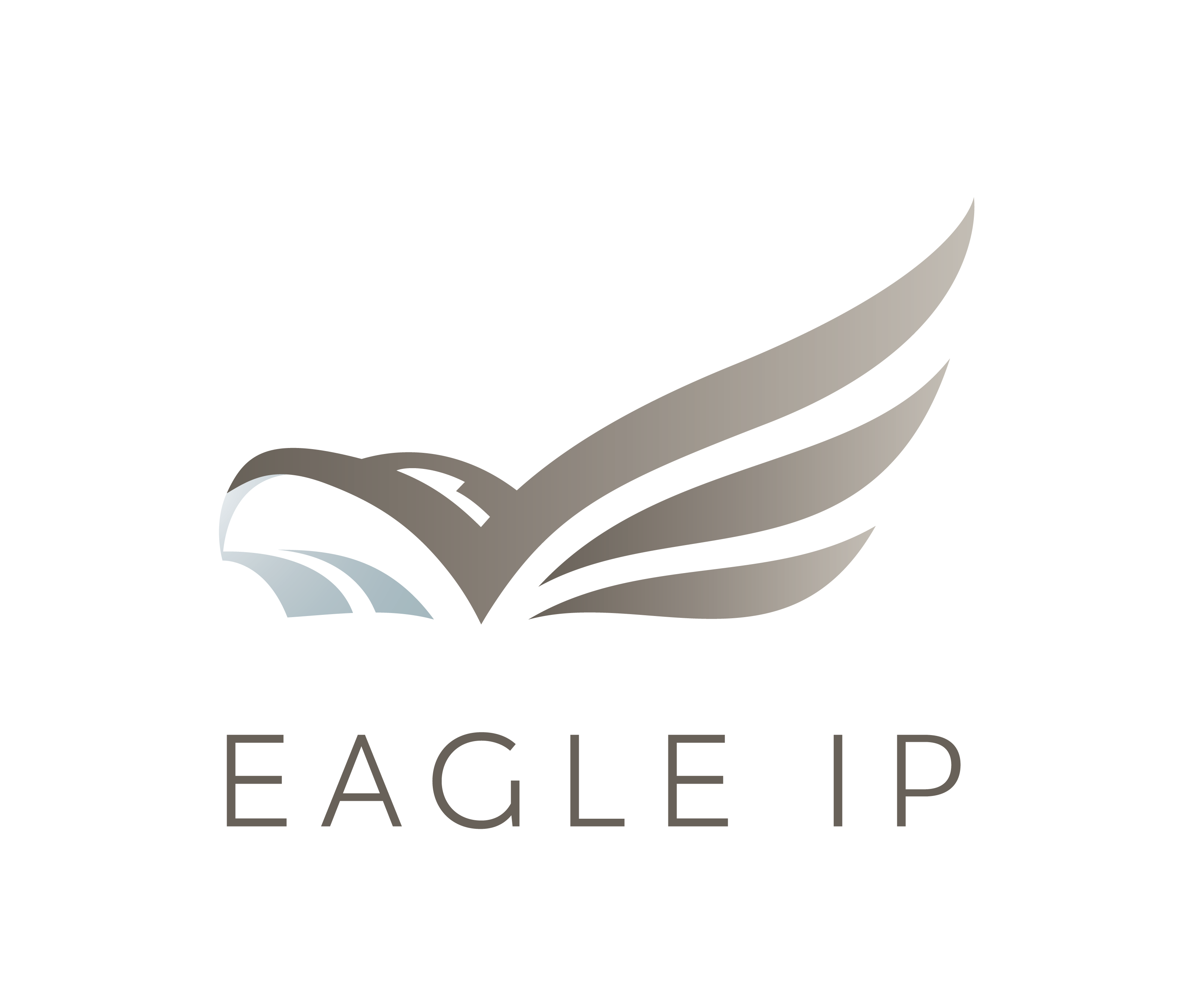October 2018
IT giant Google and others are partnering with USPTO to bring us a new prior art archive. What is it? How is it going to affect us?
Prior Art Will Be Easier to Find due to creation of a new Prior Art Archive by Google, Cisco, MIT, and USPTO
Google, Cisco, MIT, and the United States Patent and Trademark Office (USPTO) announced on October 3, 2018 that they have joined forces to create Prior Art Archive, database hosted at MIT using Google’s powerful search and other AI technologies. It is an open-access system that lets anyone upload documents, which become easily searchable in the future. The USPTO will point its examiners to use the system, and it will be a system that is accessible by everyone – applicants, examiners, and third parties.
Google has also launched TDCommons, a place where anyone can publish information they don’t want to patent for free. It is a great, inexpensive way to defensively publish ideas, preventing another entity from patenting the same idea while preserving the right for the inventor (and the public) to use it.
Finally, Google has rolled out the open ecosystem Google Patents Public Datasets, a collection of publicly accessible databases that can be used for “empirical public policy, economics, and machine learning research.”
The ultimate goal is to improve patent quality by making prior art easier to find, especially non-patent literature that has historically been difficult to find, such as user manuals, technical specifications, or product marketing materials.
We believe this is a great step forward that will significantly reduce cost and improve efficiency in so many areas, such as patent validity analyses, due diligence projects, and general patent prosecution. When prior art is easier to find, it also reduces the upfront costs associated with drafting because we can better focus patent claims around the art that we know.
Since China now receives the highest number of patent applications in the world, we wait expectantly to see whether Chinese patent databases will become as easily accessible as the Google Patents Public Datasets. Currently, there are only a handful of databases that allow full text Chinese patent searches. As a result, prior art in China can still be difficult to find and will continue to be a double-edged sword for some time.
Strategically, we advise our clients to file patent applications with multiple layers of claim scopes supported by different levels of experimental data. This strategy provides many “fall back” positions in the event a surprise piece of prior art emerges (which, unfortunately, happens more frequently than we would like).
We will keep you updated for further development. Stay tuned for more important updates on IP law in China.
Please contact us with any questions: eip@eipgroup.asia.
Eagle IP are experts in patent law and we offer a one-stop service for your global IP needs.
